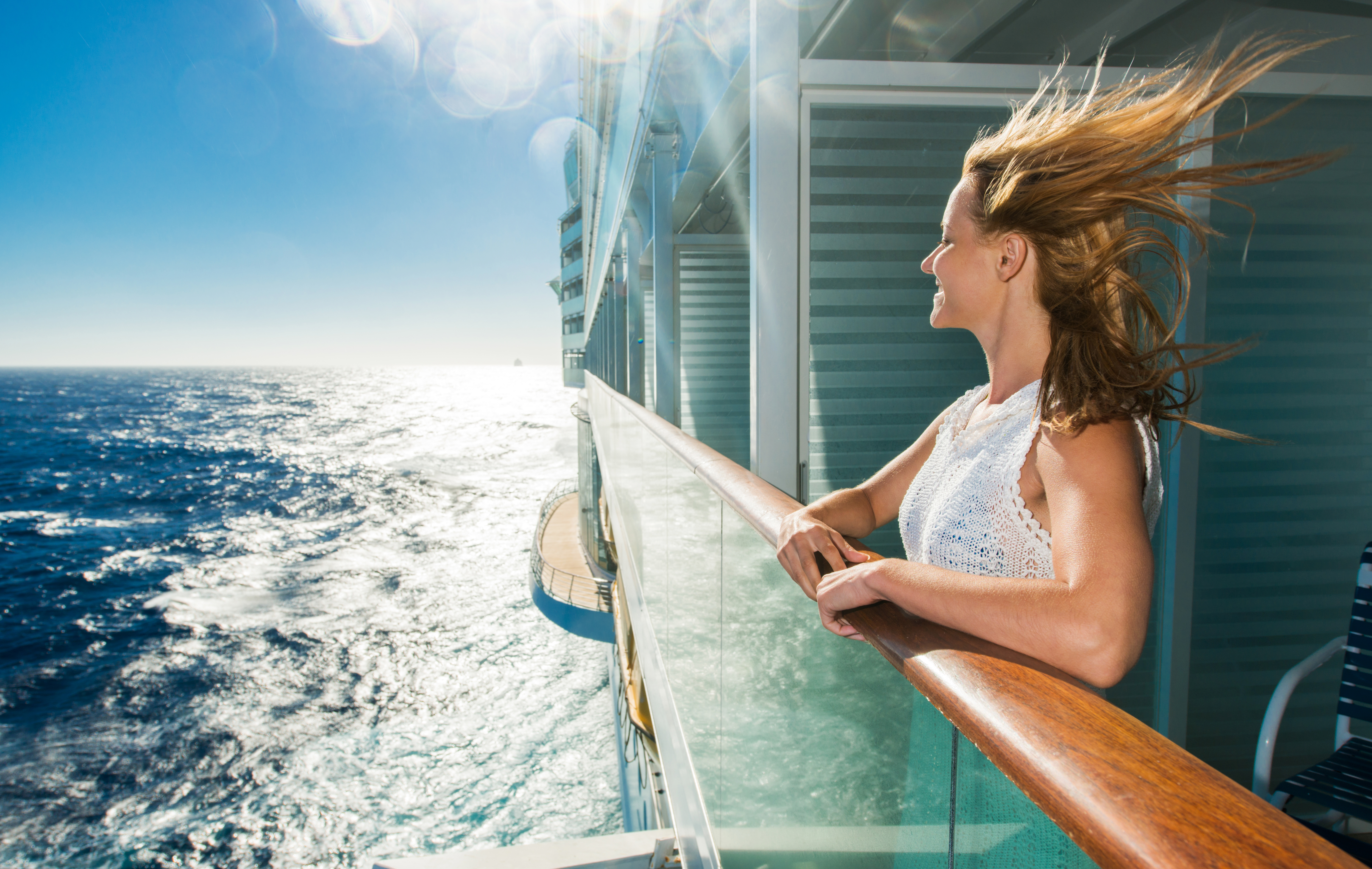
Investment
The Motley Fool
Where Will Carnival Stock Be in 5 Years?
Why This Matters
The cruise line leader's business operations are finally stabilizing.
July 1, 2025
05:10 AM
5 min read
AI Enhanced
Positive
FinancialBooklet Analysis
AI-powered insights based on this specific article
Key Insights
- Earnings performance can signal broader sector health and future investment opportunities
Questions to Consider
- Could this earnings performance indicate broader sector trends or company-specific factors?
Stay Ahead of the Market
Get weekly insights into market shifts, investment opportunities, and financial analysis delivered to your inbox.
No spam, unsubscribe anytime